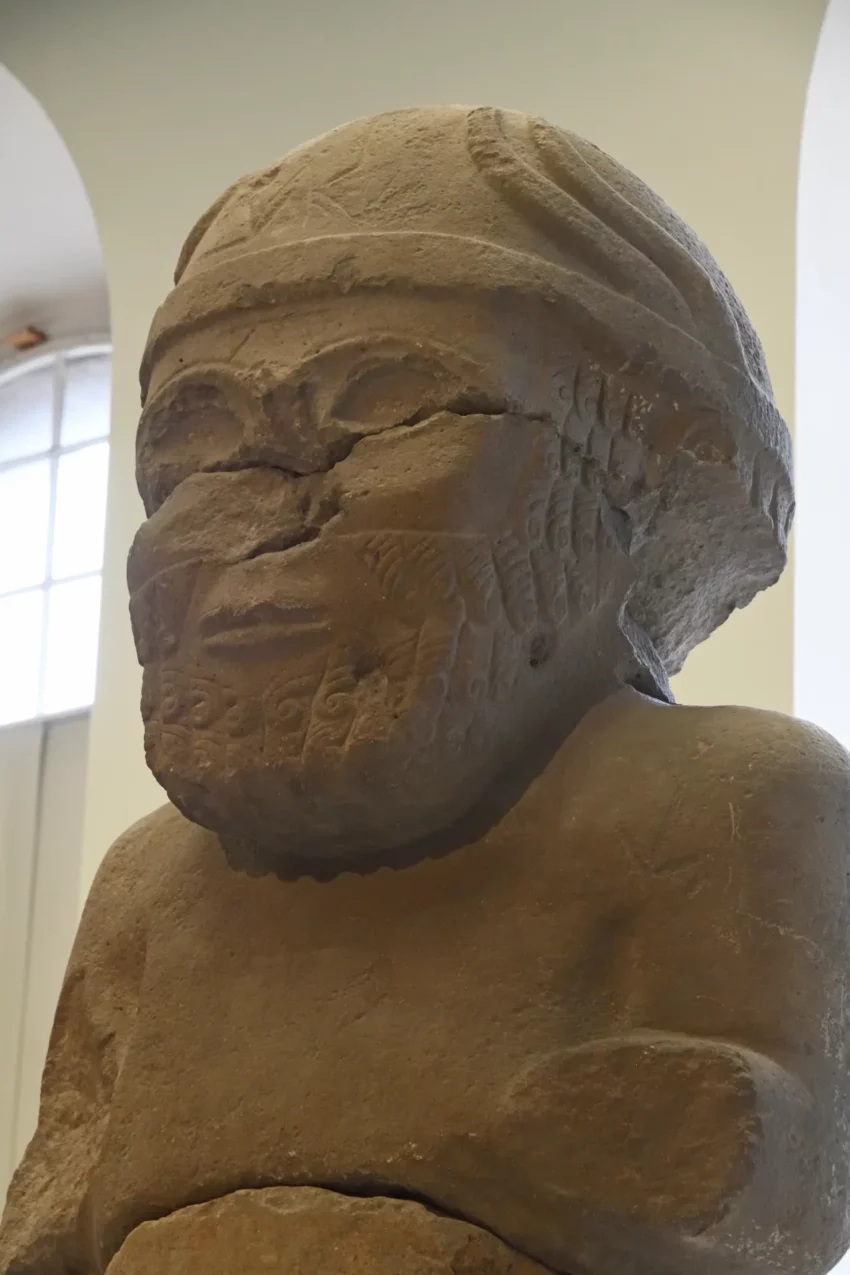The Hadad Statue: A Glimpse into Ancient Sam’al
The Hadad Statue is an 8th-century BC stele of King Panamuwa I from the Kingdom of Bit-Gabbari in Sam’al. Currently, it occupies a prominent position in the Vorderasiatisches Museum in Berlin. This statue offers a fascinating window into the life and times of King Panamuwa I and his kingdom.
Get your dose of History via Email
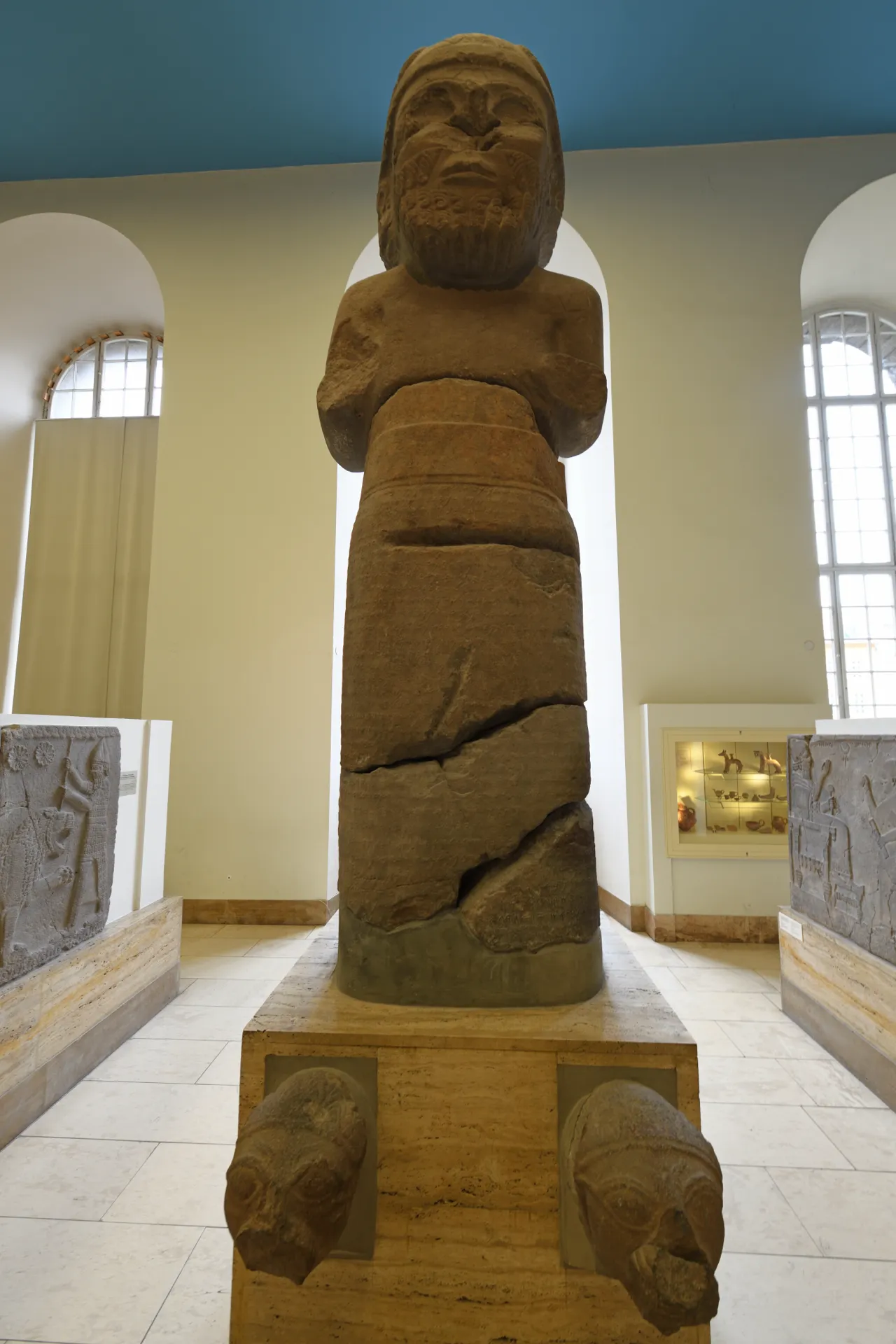
Discovery and Inscription
Discovered in 1890, north-east of Sam’al, the Hadad Statue’s inscription emerged during the German Oriental Society expeditions. Led by Felix von Luschan and Robert Koldewey, these expeditions unearthed a 34-line inscription written in the Samalian language, a dialect blending Phoenician and Aramaic. The inscription provides rich details about King Panamuwa I, his reign, and his devotion to the gods.
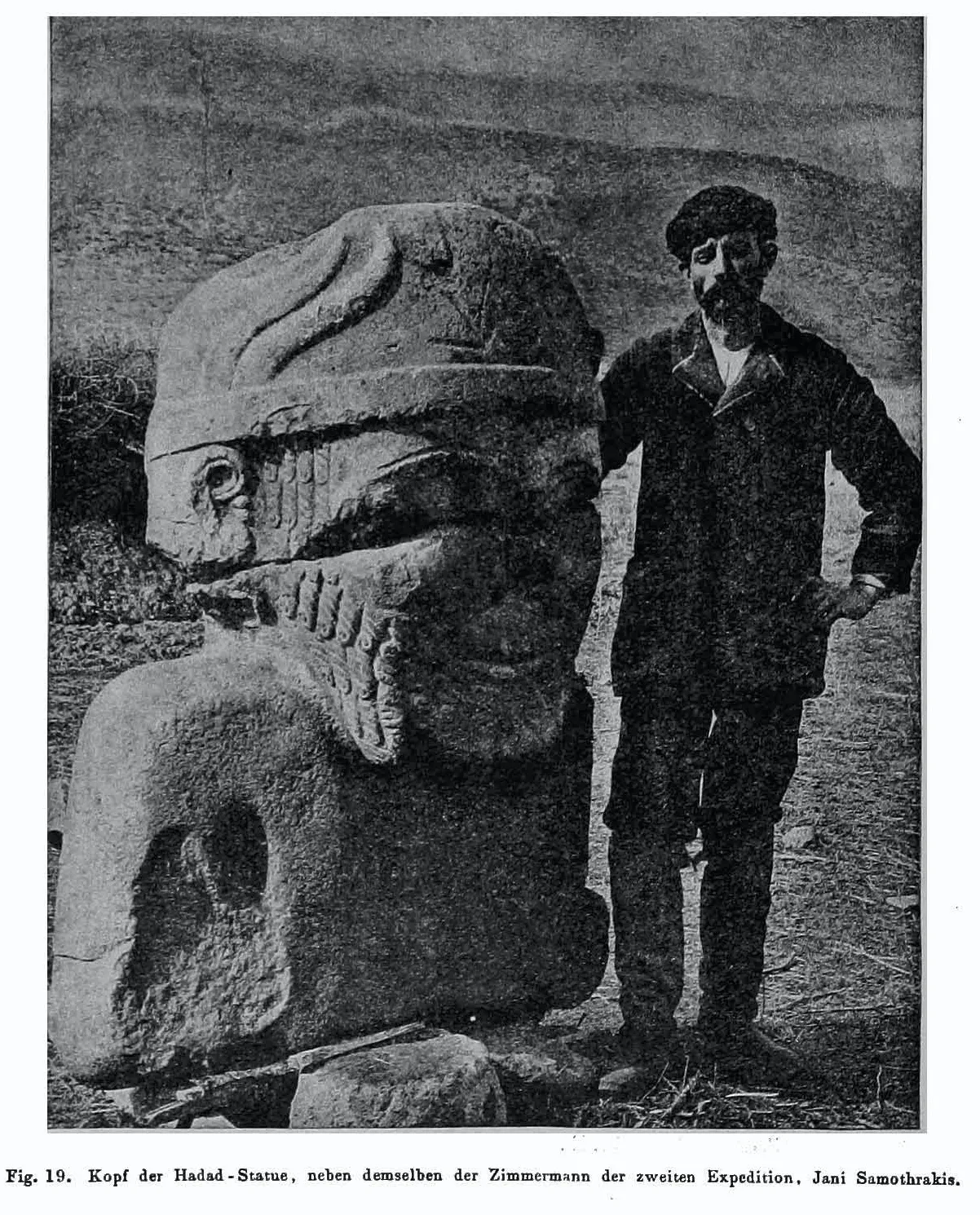
Translation of the Inscription
The inscription reveals King Panamuwa I’s dedication to Hadad and other gods. Panamuwa identifies himself as the son of Qarli, king of Y’DY. He erected the statue for Hadad in his eternal abode, seeking the gods’ support. He lists Hadad, El, Rašap, Rākib-El, and Šamaš as deities who bestowed dominion upon him.
Panamuwa’s reign is depicted as a time of peace and prosperity. He restored lands, cultivated crops, and rebuilt villages. His relationship with the gods brought him greatness and a covenant ensuring his continued favor. He emphasizes his efforts to build temples and honor the gods, securing their blessings for himself and his kingdom.
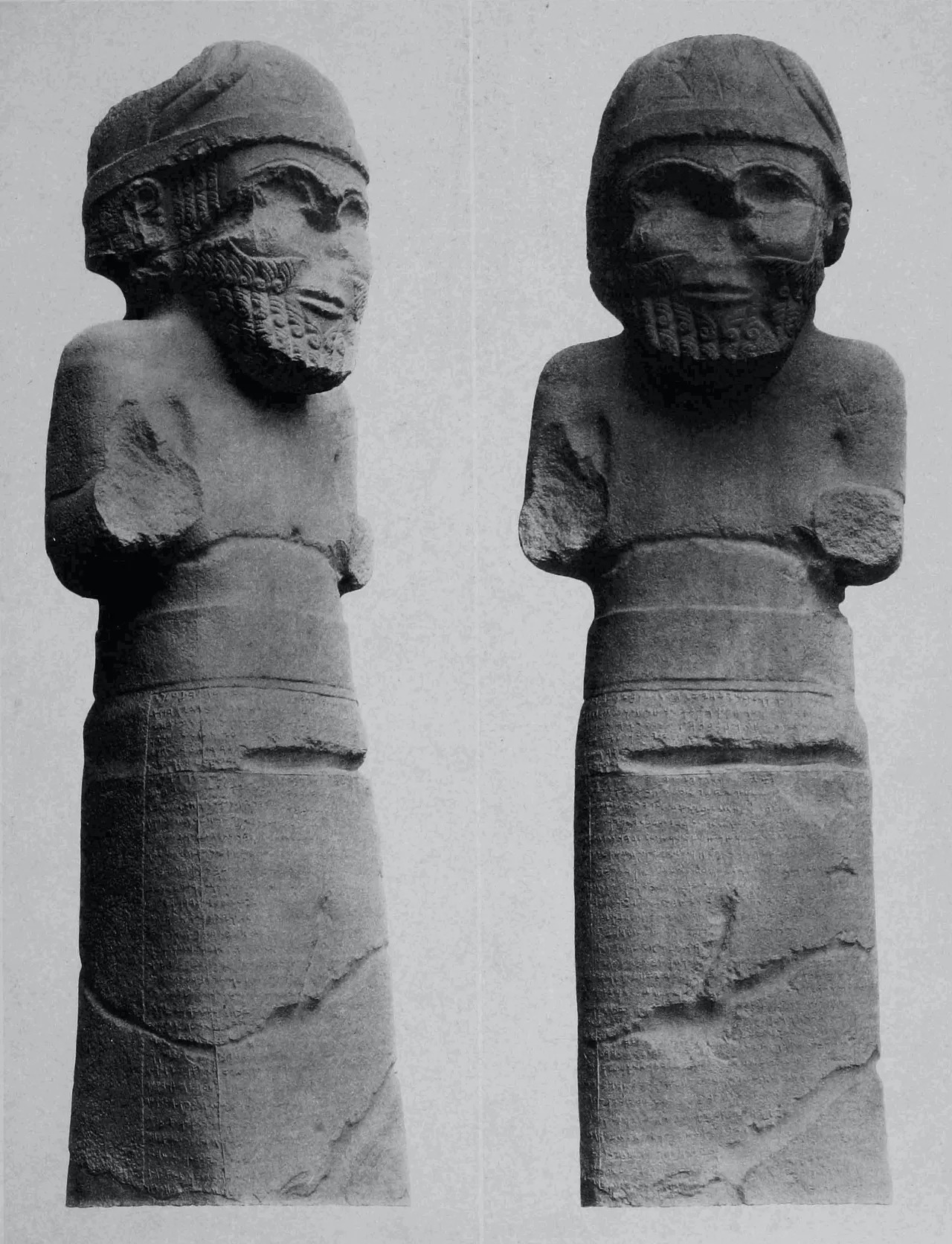
Panamuwa’s Legacy and Afterlife
Panamuwa also shows concern for his legacy and afterlife. He instructs his descendants to honor him and sacrifice to Hadad. He believes that such rituals will ensure his soul’s eternal companionship with Hadad. Panamuwa curses any successor who neglects this duty, warning of divine retribution and unrest.
The inscription underscores Panamuwa’s efforts to maintain peace within his family and kingdom. He details procedures to prevent violence and murder among his successors. Communal stoning is prescribed for those plotting against royal family members, reflecting Panamuwa’s desire for a bloodless succession.
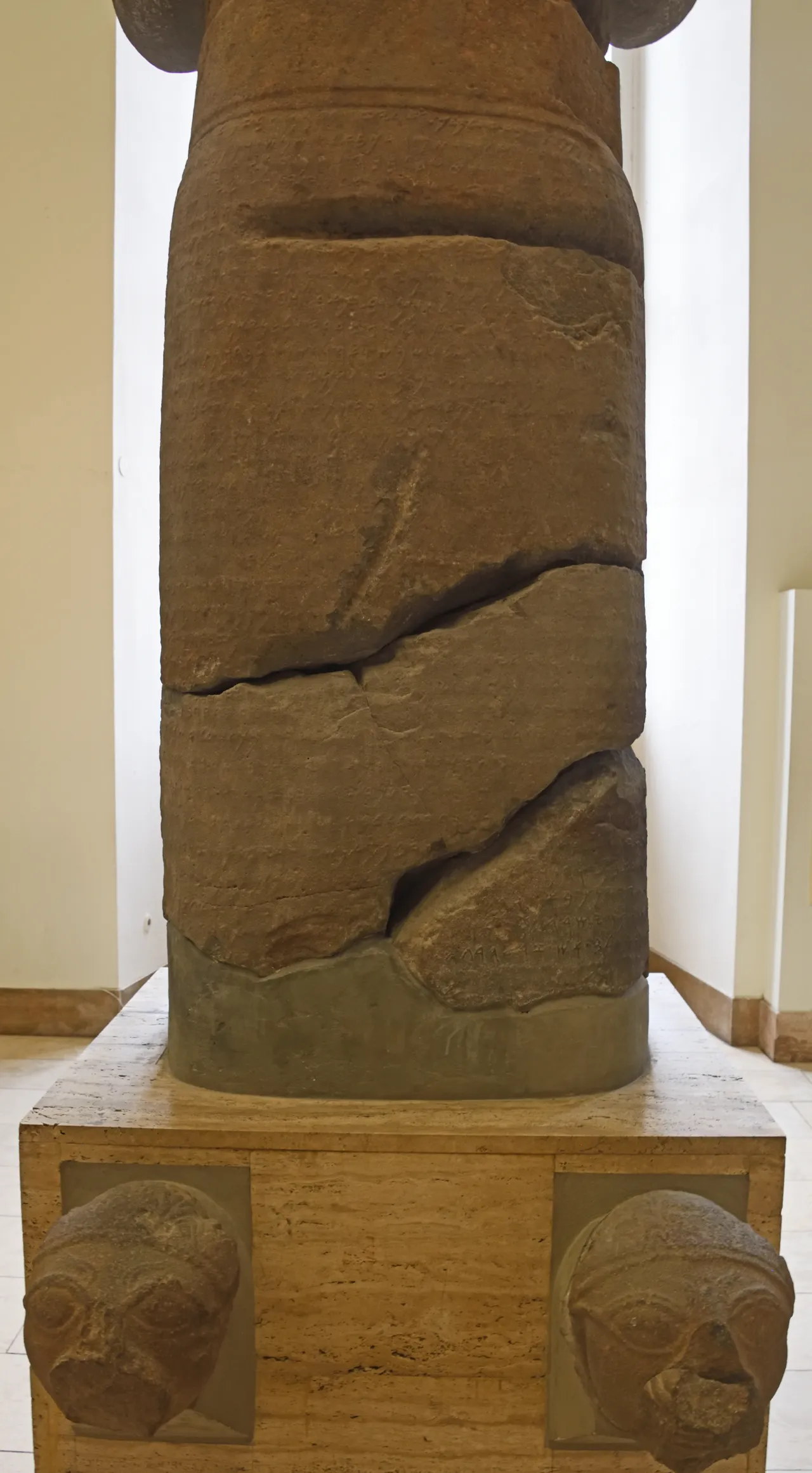
Historical Context and Influence
Panamuwa I ruled for nearly four decades during the first half of the 8th century BC. His rule brought stability and prosperity to Sam’al. The inscription reflects his strong bond with the gods, contrasting with other contemporary rulers. Panamuwa’s divine favor legitimized his rule and provided a foundation for his kingdom’s success.
However, Panamuwa’s fears of familial strife proved justified. His successor, Bar Sur, fell victim to a palace plot. After Bar Sur, a usurper interrupted the dynasty. Panamu II, Bar Sur’s son, eventually restored the dynasty but at a great cost, aligning with the Assyrian king.
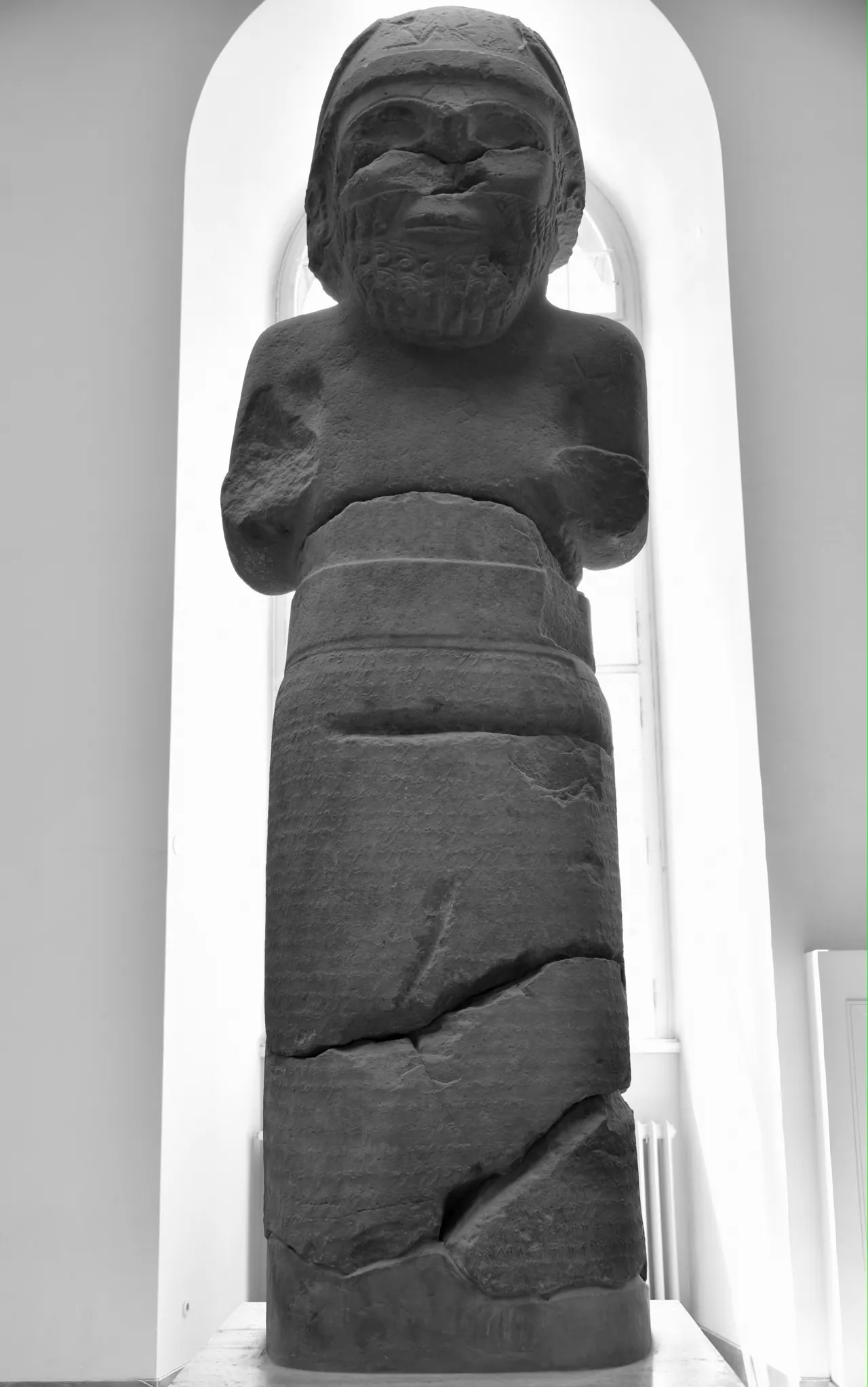
Conclusion
The Hadad Statue and its inscription offer a rich tapestry of ancient Sam’al’s history. They reveal King Panamuwa I’s devotion to the gods, his efforts to secure his legacy, and his desire for peace and prosperity. This stele stands as a testament to the intricate relationship between religion, politics, and personal ambition in ancient Near Eastern societies.
Sources:

